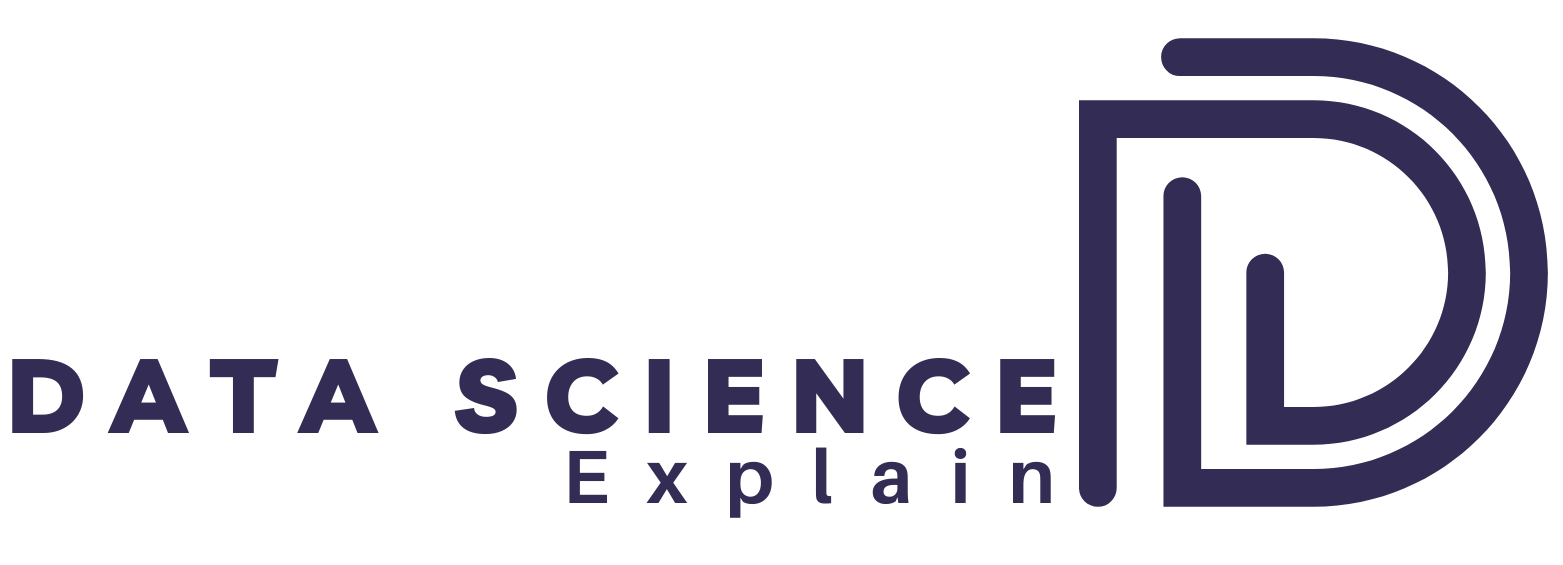Table of Contents
- Introduction
- What is Pandas in Python?
- Getting Started
- Core Data Structures
- Essential Operations
- Data Manipulation Techniques
- Data Visualization
- Advanced Features
- Best Practices
- Conclusion
Introduction
In today’s data-driven world, the ability to analyze and manipulate data efficiently has become an essential skill. Whether you’re a data scientist, analyst, or developer, mastering the Python pandas package can significantly enhance your data handling capabilities. This comprehensive guide will walk you through everything you need to know about Pandas, from basics to advanced techniques.
[aff] Ready to jumpstart your data analysis journey? Check out our recommended Python Data Science Bootcamp!
What is Pandas in Python?
Pandas (Python Data Analysis Library) is a powerful, open-source data manipulation and analysis library for Python. Created by Wes McKinney in 2008, it has become the most popular tool for working with structured data in Python. The library gets its name from the term “panel data,” an econometrics term for multidimensional structured data sets.
Key features that make Pandas essential for data analysis:
- Fast and efficient DataFrame object
- Flexible data manipulation capabilities
- Built-in data alignment and handling of missing data
- Powerful group by functionality
- Easy data merging and joining
- Robust time series functionality
[aff] Get started with our comprehensive Pandas video course for beginners!
Getting Started
Installation
Before diving into Pandas, you’ll need to install it. Here’s how:
pythonCopy# Using pip
pip install pandas
# Using conda
conda install pandas
# Import convention
import pandas as pd
import numpy as np # Often used with Pandas
Core Data Structures
DataFrame
The DataFrame is the primary data structure in Pandas. Think of it as a spreadsheet or SQL table in Python:
pythonCopy# Creating a DataFrame
data = {
'Name': ['John', 'Sarah', 'Mike', 'Lisa'],
'Age': [28, 32, 25, 30],
'City': ['New York', 'London', 'Paris', 'Tokyo']
}
df = pd.DataFrame(data)
Series
A Series is a one-dimensional labeled array:
pythonCopy# Creating a Series
ages = pd.Series([28, 32, 25, 30], name='Age')
Essential Operations
Reading and Writing Data
pythonCopy# Reading data
df = pd.read_csv('data.csv')
df = pd.read_excel('excel_file.xlsx')
df = pd.read_sql('SELECT * FROM table', connection)
# Writing data
df.to_csv('output.csv')
df.to_excel('output.xlsx')
Basic Operations
pythonCopy# Viewing data
print(df.head()) # First 5 rows
print(df.tail()) # Last 5 rows
print(df.info()) # DataFrame info
print(df.describe()) # Statistical summary
# Selection and indexing
df['column_name'] # Select single column
df[['col1', 'col2']] # Select multiple columns
df.loc[row_label] # Label-based indexing
df.iloc[0] # Integer-based indexing
Data Manipulation Techniques
Filtering and Sorting
pythonCopy# Filtering
filtered_df = df[df['Age'] > 25]
multiple_conditions = df[(df['Age'] > 25) & (df['City'] == 'London')]
# Sorting
sorted_df = df.sort_values('Age', ascending=False)
Grouping and Aggregation
pythonCopy# Group by operations
grouped = df.groupby('City')
city_stats = grouped['Age'].agg(['mean', 'count', 'min', 'max'])
# Custom aggregation
custom_agg = df.groupby('City').agg({
'Age': ['mean', 'max'],
'Name': 'count'
})
Data Visualization
Let’s create some visual representations of our data. You can use various libraries like matplotlib, seaborn, or plotly with Pandas:
pythonCopy# Basic plotting with Pandas
df['Age'].plot(kind='hist') # Histogram
df.plot(kind='scatter', x='Age', y='Salary') # Scatter plot
df.groupby('City')['Age'].mean().plot(kind='bar') # Bar chart
Advanced Features
Handling Missing Data
pythonCopy# Detecting missing values
df.isna()
df.isna().sum()
# Handling missing values
df.fillna(0) # Fill with zero
df.fillna(method='ffill') # Forward fill
df.dropna() # Remove missing values
Merging and Joining
pythonCopy# Merging DataFrames
merged_df = pd.merge(df1, df2, on='key_column')
# Joining DataFrames
joined_df = df1.join(df2, on='key_column')
[aff] Master advanced Pandas techniques with our Advanced Data Analysis Certification Program!
Best Practices
- Performance Optimization
- Use appropriate data types
- Vectorize operations instead of loops
- Utilize method chaining
- Code Organization
- Keep data transformations documented
- Create reusable functions
- Maintain consistent naming conventions
- Memory Management
- Use chunks for large datasets
- Clean up unused DataFrames
- Optimize data types
Conclusion
Mastering Python and Pandas is an invaluable skill in today’s data-driven world. This guide has covered the essential concepts and techniques you need to get started with data analysis using Pandas. Remember that practice is key to becoming proficient with these tools.
Next Steps
- [aff] Enroll in our comprehensive Data Analysis Bootcamp
- Download our free Pandas cheat sheet
- Join our community of data analysts
- Subscribe to our weekly data science newsletter
Start your data analysis journey today and unlock the full potential of Python Pandas!

